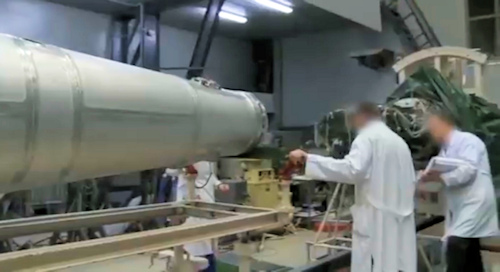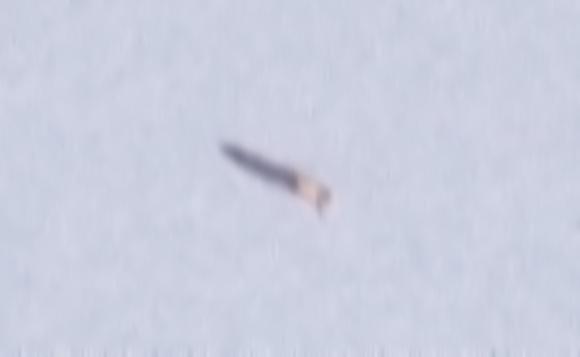It is certainly the most striking weapon of the Russian Federation's arsenal. Classified with the code name 9M730, its strength lies in the propulsive system consisting of a strator reactor (ramjet), or a turbine-free jet engine in which the external air enters through an air intake and is compressed and mixed with fuel. Then it enters the combustion chamber, where the mixture of air and fuel is ignited, and then it expands quickly and provides thrust coming out of the exhaust nozzle.
The revolutionary idea, applied to the missile, consists in replacing the combustor with a small nuclear reactor capable of supplying energy for a virtually unlimited time. The very high temperature generated by the nuclear reactor (once it has come into operation) would be sufficient to heat the compressed air introduced into the combustion chamber in a few moments and, therefore, to produce thrust by the escape of the incandescent air from the nozzle.
Since - like a normal ramjet - this engine also uses dynamic compression (ie the air is compressed as it is dragged inside the compression chamber from the inertia of the aircraft), the missile must be launched by means of an engine rocket able to bring it to the speed (supersonic) necessary to obtain a flow of air sufficient to generate the propulsion process, which will allow it, in theory, to have a flight range quantifiable in years.
 However, it is unlikely that the Kremlin was able to produce the materials necessary to obtain sufficient shielding to retain the reactor's radioactive emissions, still allow an acceptable transfer of heat to the combustion chamber and contain the weights so that they can be installed on an aircraft. relatively small.
However, it is unlikely that the Kremlin was able to produce the materials necessary to obtain sufficient shielding to retain the reactor's radioactive emissions, still allow an acceptable transfer of heat to the combustion chamber and contain the weights so that they can be installed on an aircraft. relatively small.
However, the president of the Russian Federation Putin said that the new weapon was already tested in the 2017. According to Western intelligence there would have been two tests, in the 2016 and 2017, on the island of Novaya Zemlya (Russian Arctic), in both cases the tests would have given negative results, due to the non-activation of the nuclear reactor.
Despite these failures, the Kremlin is investing substantial resources in the construction of this strategic weapon, whose full operation should be achieved within ten years.
The most fearsome feature of these cruise missiles is their theoretical ability to breach US missile defenses. In fact, the new missile is designed to be launched in the event of a serious international crisis and kept in flight in designated areas, pending any attack order. Flying at low altitudes and hypersonic speed - being able to make long detours in order to evade ABM defenses -, it would be able to hit, with its nuclear warheads, any target on enemy territory. Obviously, these capabilities make the new missile highly suitable for a first strike and, therefore, if indeed the Russians succeed in making it fully operational it will be a factor of strong destabilization of the current strategic scenario.
(photo: web)












